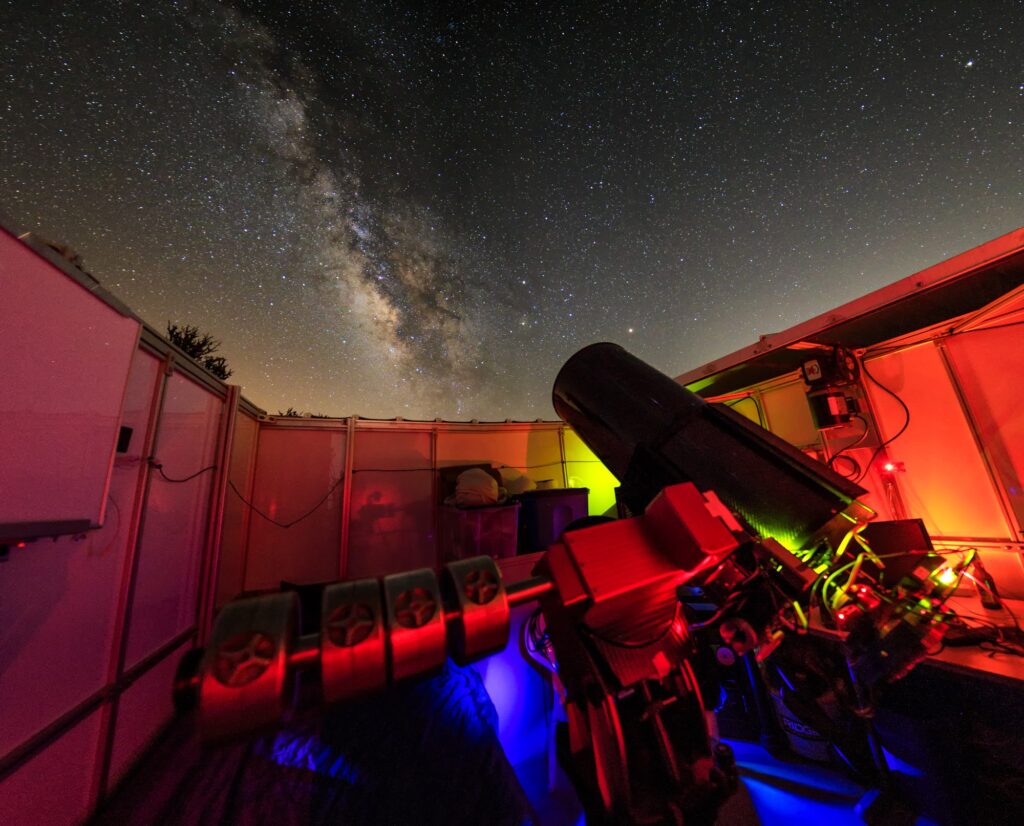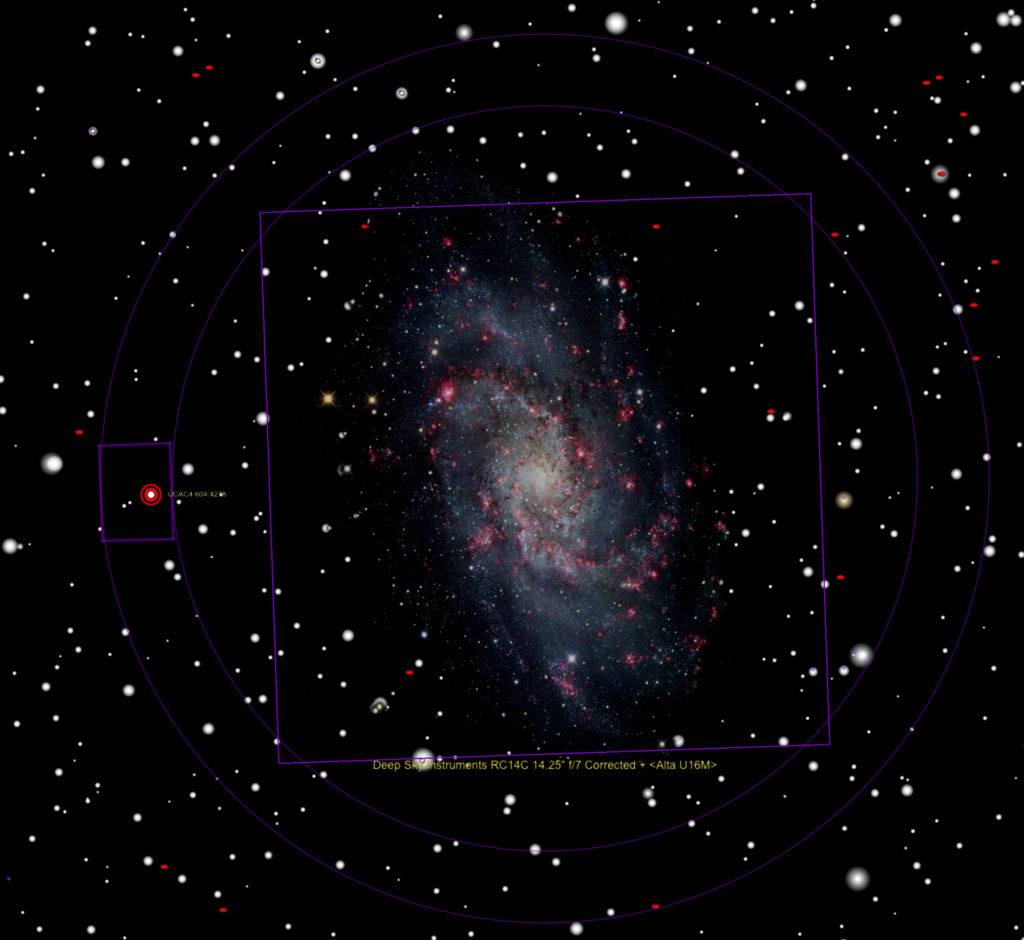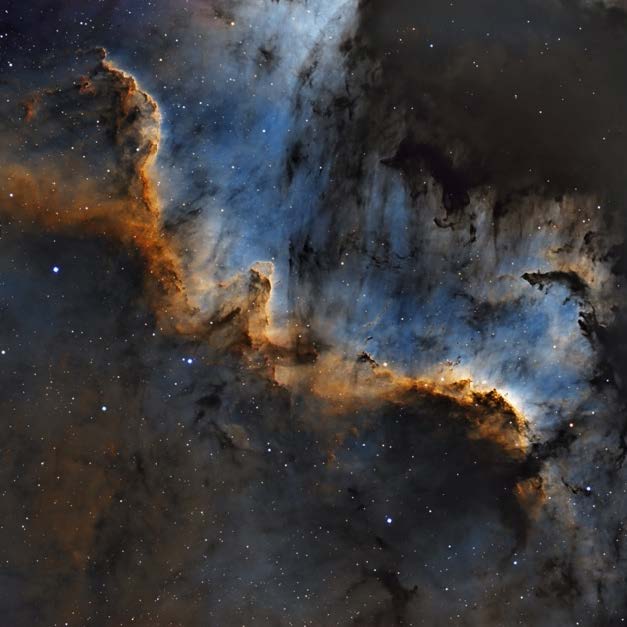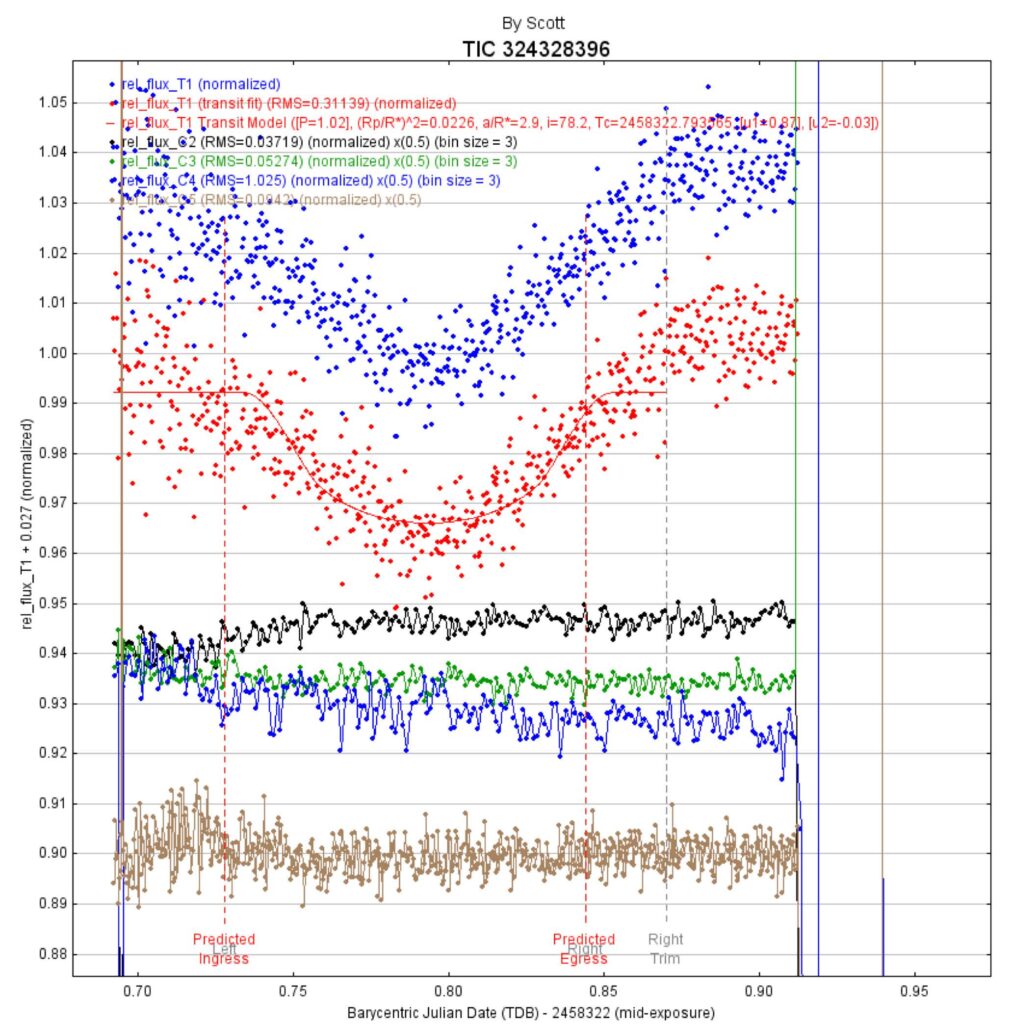
TARO (Terry Arnold Remote Observatory) is a dedicated automated imaging platform that allows SDAA club members access to high quality deep sky object image and photometric data. The observatory is located at our Tierra del Sol dark-sky observing site. Because of the system design and the software used, no operator intervention is required for the system to start up, focus and select preprogrammed targets for imaging. The system is designed to automatically shut down when all available targets have been imaged for the evening or the observatory’s weather monitoring system has declared an unsafe weather condition. All data collected for that evening is automatically moved from the operations computer to a server computer for archiving and then uploaded to the cloud for image evaluation the morning following the nights observations. Click here for more information about TARO, it’s systems design and operations.
Any current Basic or Contributing SDAA member can request imaging time on TARO for either DSO or Exo-Planet observations by sending a target imaging request to taro@sdaa.org.
There are some limitations that members requesting imaging time need to be aware of:
- Due to the observatory wall heights, targets below 35 degrees in altitude cannot be imaged.
- The imaging system has a 50 arc-minute field of view allowing a wide range of imaging targets. Because of the nature of off axis guiding, target selection must include a guide star of at least a magnitude 9.5 within the guide camera field of view. The image below shows both the imaging camera’s and the guide camera’s FOV.

A successful exo-planet photometry observation requires additional modifications to the observation plan such as image binning and sub framing.
If assistance is needed in selecting a suitable target, please send an email to taro@sdaa.org. The telescope managers will be happy to work with you on appropriate target selection and observation planning.
The typical sub exposure times for broadband filter data are 15 minutes while narrowband images are set for 30 minute exposures. For high quality image data, the total target exposure times are set for 15 to 20 hours depending on target type and the requested filters to be used.
As TARO is completely automated, there is no SDAA member interaction required for target data acquisition. Target co-ordinates and filter requirements are entered into ACP by the telescope managers and ACPs “Despatcher” function will schedule target observations at 1-hour increments based on optimal sky location and weather restrictions. Once target data acquisition has completed, flats will be acquired based on target position angle and the SDAA member will be notified of project completion.
Additionally, all current SDAA members at the Basic and Contributing levels can request access to the TARO image archive.
The TARO DSO data archive contains image data sets collected by TARO since 2018. The image archive sets are divided between complete data sets and master sub-frames. Complete data sets include all the light frames, flats, calibration bias and darks for each individual target. Calibrated image master frames are delineated by filter type and are usually saved in the .xisf Pixinsight format. If you require master sub frames in either .fits or .tiff formats, please contact taro@sdaa.org and any files that you request can be converted to your needed format.
To access the TARO DSO archive, please send a request to taro@sdaa.org. An invite to the archive will be sent to your contact email address as listed in the SDAA data base.


